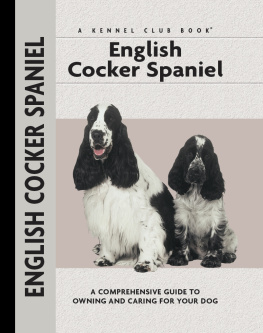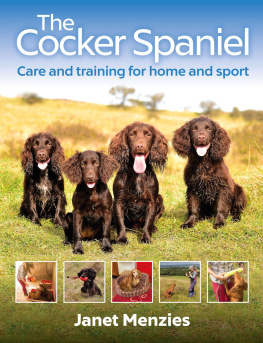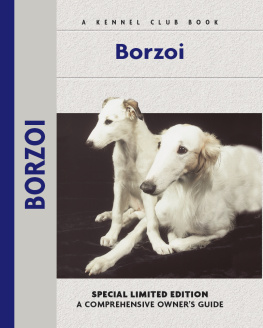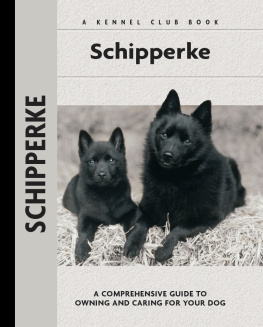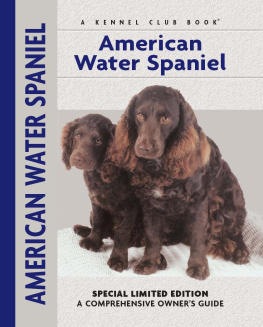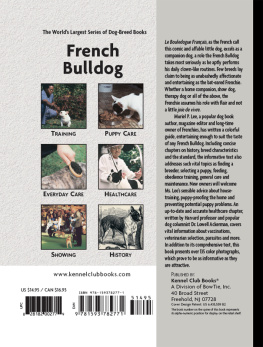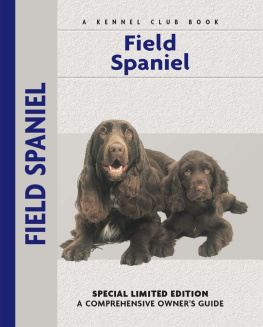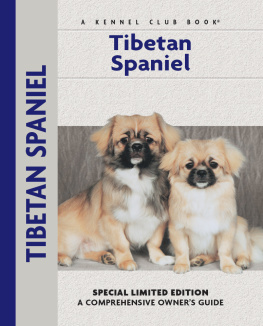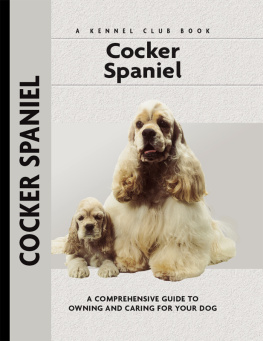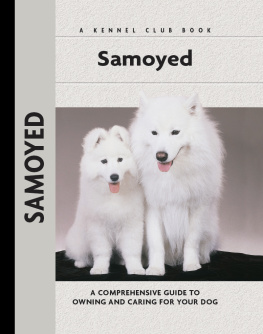Physical Characteristics of the English Cocker Spaniel
(from the American Kennel Club breed standard)
Skull: Arched and slightly flattened.
Head: Strong, yet free from coarseness.
Eyes: Medium in size, full and slightly oval; set wide apart.

Stop: Definite, but moderate.
Muzzle: Equal in length to skull; well cushioned.
Nostrils: Wide for proper development of scenting ability.
Jaws: Strong, capable of carrying game.
Bite: Scissors.
Chest: Deep.
Forequarters: Shoulders are sloping, the blade flat and smoothly fitting. Shoulder blade and upper arm are approximately equal in length. ForelegsStraight, with bone nearly uniform in size from elbow to heel; elbows set close to the body; pasterns nearly straight, with some flexibility.
Coat: On head, short and fine; of medium length on body; flat or slightly wavy; silky in texture.
Ears: Set low, lying close to the head.
Neck: Graceful and muscular, arched toward the head and blending cleanly, without throatiness, into sloping shoulders.
Body: Compact and well-knit, giving the impression of strength without heaviness.
Back: Short and strong.
Tail: Docked. Set on to conform to croup.
Hindquarters: Angulation moderate and, most importantly, in balance with that of the forequarters.
Color: Various. Parti-colors are either clearly marked, ticked or roaned, the white appearing in combination with black, liver or shades of red. Solid colors are black, liver or shades of red.
Height at withers: Males, 16 to 17 inches; females, 15 to 16 inches.
Weight: Males, 28 to 34 pounds; females, 26 to 32 pounds.
Feet: Proportionate in size to the legs, firm, round and catlike; toes arched and tight; pads thick.

Contents

Trace the ancient beginnings of the spaniel breeds and see the English Cocker Spaniel emerge as a working gundog. Explore the breeds rise to fame in its homeland and follow its spread in popularity around the world as a field dog, companion dog, show dog, competition dog and all-around ambassador of canine goodwill.
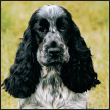
Merry, sporting, outgoing and morefind out about the traits that make the English Cocker Spaniel a unique and popular choice for a companion dog. Here are the personality and physical traits of the English Cocker Spaniel for you to consider when deciding if you and the breed are a perfect match.
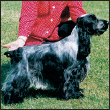
Learn the requirements of a well-bred English Cocker Spaniel by studying the description of the breed set forth in the American Kennel Club standard. Both show dogs and pets must possess key characteristics as outlined in the breed standard.

Find out about how to locate a well-bred English Cocker Spaniel puppy. Discover which questions to ask the breeder and what to expect when visiting the litter. Prepare for your puppy-accessory shopping spree. Also discussed are home safety, the first trip to the vet, socialization and solving basic puppy problems.
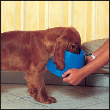
Cover the specifics of taking care of your English Cocker Spaniel every day: feeding for the puppy, adult and senior dog; grooming, including coat care, ears, eyes, nails and bathing; and exercise needs for your dog. Also discussed are the essentials of dog identification.
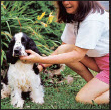
Begin with the basics of training the puppy and adult dog. Learn the principles of housetraining the English Cocker Spaniel , including the use of crates and basic scent instincts. Get started by introducing the pup to his collar and leash and progress to the basic commands. Find out about obedience classes and other activities.
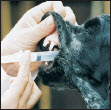
By Lowell Ackerman, DVM, DACVD
Become your dogs healthcare advocate and a well-educated canine keeper. Select a skilled and able veterinarian. Discuss pet insurance, vaccinations and infectious diseases, breed-specific hereditary concerns, the neuter/spay decision and a sensible, effective plan for parasite control, including fleas, ticks and worms.
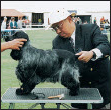
Step into the center ring and find out about the world of showing pure-bred dogs. Acquaint yourself with the basics of AKC conformation showing and explore other areas of canine competition: obedience, agility, tracking and field and hunting events.
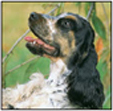
Analyze the canine mind to understand what makes your English Cocker Spaniel tick. The potential problems discussed include aggression, dominance, separation anxiety, chewing, barking, begging and more.
K ENNEL C LUB B OOKS E NGLISH C OCKER S PANIEL
ISBN 13: 978-1-59378-208-5
eISBN 13: 978-1-59378-980-0
Copyright 2005 Kennel Club Books An Imprint of I-5 Press A Division of I-5 Publishing, LLC
3 Burroughs, Irvine, CA 92618 USA
Cover Design Patented: US 6,435,559 B2 Printed in South Korea
All rights reserved. No part of this book may be reproduced in any form, by photostat, scanner, microfilm, xerography or any other means, or incorporated into any information retrieval system, electronic or mechanical, without the written permission of the copyright owner.
Photography by:
Paulette Braun, T.J. Calhoun, Alan and Sandy Carey, Isabelle Franais, Carol Ann Johnson, Bill Jonas, Haja van Wessem and Derek Whitehouse.
Illustrations by Rene Low and Patricia Peters.
The publisher wishes to thank all of the owners whose dogs are illustrated in this book.
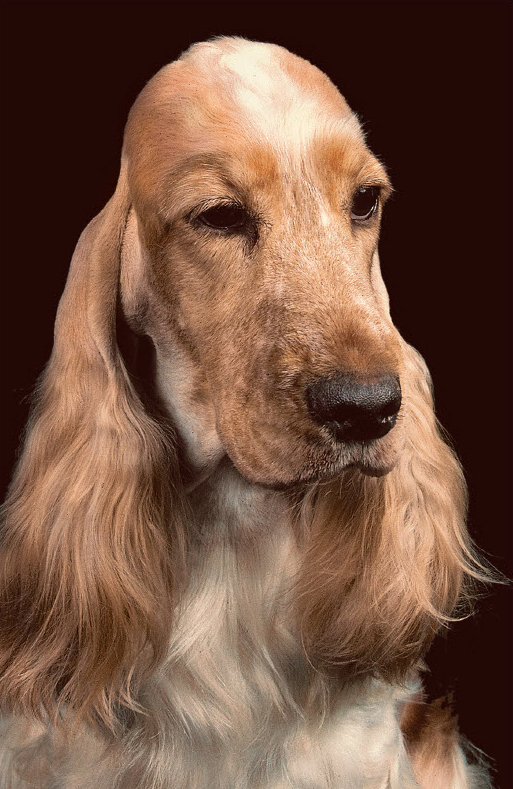
It is believed that spaniels, as a general dog type, were identified more than 2,500 years ago. One theory puts forth that the word spaniel derived from the Carthaginian word for rabbit.

Next page
